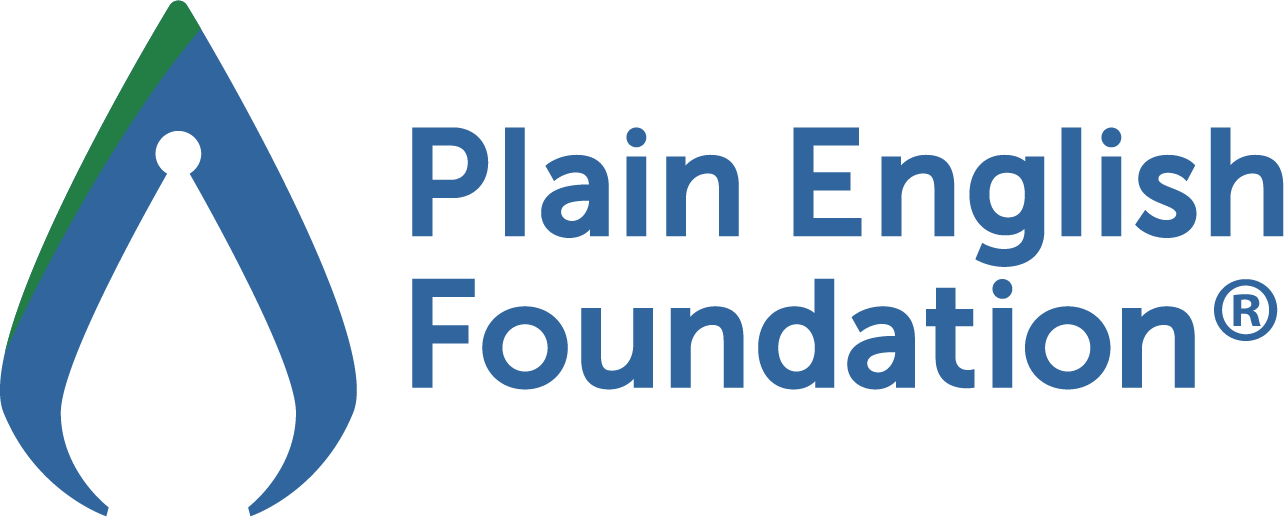Flipping the script: how to turn the forgetting curve into a superpower
By Lynette Colthorpe
Most learning and development (L&D) professionals see the forgetting curve as one of their biggest obstacles, a natural enemy that erodes training return on investment. But what if the curve could actually be a secret weapon for long-term mastery for your teams?
Imagine turning your training programs into dynamic, adaptive experiences that actively work with how the brain learns best. By flipping the script, we’ve designed refresher courses that strategically use the forgetting curve to help employees retain information longer, boost their confidence and develop expertise.
Rather than fighting against forgetting, we use it as a tool to supercharge retention and drive performance improvement.

Refresh the learning to make training stick
The forgetting curve, a concept introduced by Hermann Ebbinghaus, describes how information is lost over time if the learner makes no effort to retain it. But it also reveals an opportunity for forward-thinking L&D teams.
Research in cognitive science suggests that if we allow knowledge to fade slightly and then prompt the brain to remember it, recalling the information strengthens memory pathways. In this way, forgetting isn’t a failure – it’s a pathway to real-world expertise.
Instead of pouring time and resources into trying to make everything stick the first time, we can harness the forgetting curve by reinforcing key concepts just when they’re starting to slip. This makes learning stickier and smarter.
Using strategies like spaced repetition, retrieval practice and real-world experience can turn forgetting into a catalyst for more effective, more durable training.
Space the learning to maximise retention
L&D frequently relies on one-time sessions for learning. But no matter how brilliant your people find the experience, once the event stops, the forgetting starts.
Spaced learning is a powerful, evidence-based strategy that hacks the forgetting curve by revisiting key concepts just as learners are starting to forget them. It looks at learning as a process rather than a destination. This kind of interval learning helps to maximise retention.
What does spaced learning look like?
- Refresher courses that revisit previous learning and then use it in different contexts.
- Extension programs that review core learning and explore ways to connect it with new concepts and situations.
- Social learning sessions where learners meet regularly to discuss core knowledge and how to apply it in different situations.
- Complex courses broken into smaller segments with intervals in between.
- Regular reviews for learners to assess retention and track progress.
One of the great advantages of spaced learning is that it allows time for people to connect theory to real-life learning. By the time learners return for the next session, they have a stronger and more complete understanding of new concepts and how they can be applied.
Retrieve learning to convert it from ‘forgotten’ to ‘mastered’
With any training, we focus on getting new information into the brain. But cognitive science tells us that real learning happens when we try to get new knowledge out of the brain.
Revisiting content is one thing, but actively engaging with it is another. While spaced learning is great for retention, combining it with retrieval practice takes learning to a whole new level.
Instead of simply reviewing information, plan for refresher training that shifts to retrieval practice where learners actively recall information from memory. This can be woven throughout the learning with intermittent practice activities. Insert quizzes, problem-solving tasks, role-play scenarios, simulations or even gamified challenges that require employees to apply their knowledge in new, dynamic situations.
Using a variety of delivery formats like self-paced learning and online delivery also increases engagement and caters for different learning styles. Both are big wins in boosting retention!
Connect to real-world experience to give ideas real impact
When employees recognise training will make their work easier, save them time or help them achieve their professional goals, they are more inclined to engage with it.
The human brain tends to hold onto details that have personal significance, while unrelated memories fade away within a few hours. For this reason, the forgetting curve accelerates when knowledge isn’t applied in real-world contexts.
It’s vital to plan training that is highly relevant to the learner and uses real-world experience to connect the content to their work. This makes it more likely they will understand and retain the information.
Look for training that includes examples that reflect daily tasks. It should involve opportunities for practice and discussion about how to adapt the learning to the workplace.
The effectiveness of your training program relies on your capacity to keep the learning happening back in the workplace. Organisations can adopt a variety of strategies to help learners feel confident in applying their training effectively in work situations and achieve lasting success:
- Provide opportunities to try out new ideas and evaluate how well they work.
- Organise social learning discussions with peers about key concepts and how they can be integrated into their work.
- Arrange access to follow-up materials like reference guides, course notes and other tools to help participants seek help or ask questions.
- Set aside time with managers and leaders for coaching, feedback, encouragement and permission to try new things.
- Plan for refresher courses that focus on challenging learners with real-life examples or new problems they’ve encountered since the last course. This not only reinforces knowledge but extends it.
Embrace the forgetting curve for a smarter approach to training
In the battle between memory and mastery, L&D teams can flip the script and turn forgetting into their greatest asset. Forgetting is no longer the enemy – it’s the gateway to mastery.
To embrace the forgetting curve, book a place in our new self-paced refresher course, Business Writing Boost. We’ve created this training program to foster deeper understanding, long-term retention and meaningful real-word learning. And there’s more to come!






